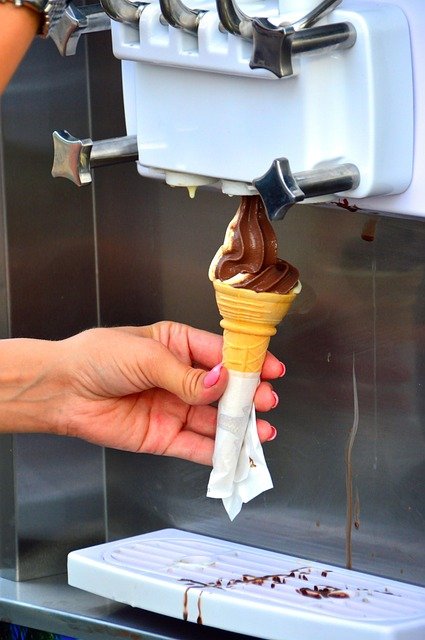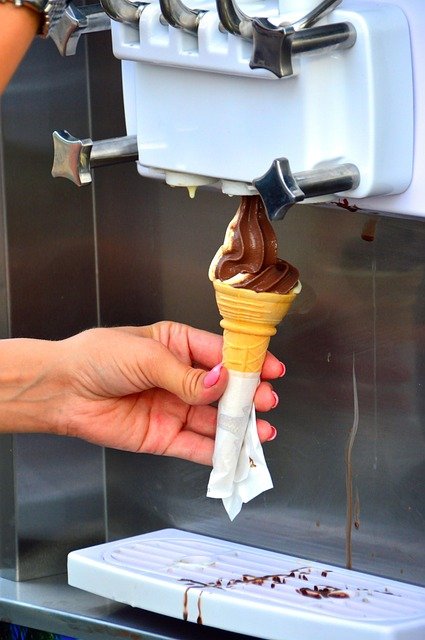Commercial Ice Maker Not Making Ice: Troubleshooting Guide
July 9, 2025 | by li, moniker

Why Your Commercial Ice Maker Isn’t Making Ice – Troubleshooting Guide
Commercial ice makers are essential for restaurants, bars, and hospitality businesses, ensuring a steady supply of ice for beverages and food preservation. However, when your unit stops producing ice, it can disrupt operations and lead to customer dissatisfaction. Several factors—from mechanical failures to maintenance oversights—can cause this issue. This article explores the most common reasons why a Commercial Ice Maker may fail to produce ice and provides actionable solutions to diagnose and fix the problem. Whether it’s a clogged water line, faulty components, or incorrect settings, understanding these issues will help you restore functionality quickly and efficiently.
Common Causes of Ice Production Failure
Several factors can prevent a commercial ice maker from functioning correctly. The most frequent culprits include:
- Water Supply Issues – A blocked or frozen water line restricts flow, preventing ice formation.
- Dirty or Clogged Filters – Mineral buildup from hard water can obstruct filters, reducing water intake.
- Faulty Thermostat or Sensors – If temperature sensors malfunction, the unit may not initiate the ice-making cycle.
- Refrigerant Leaks – Low refrigerant levels impair cooling, stopping ice production.
- Mechanical Wear – Worn-out components like motors or valves can halt operations.
Identifying the root cause is the first step toward resolving the issue and restoring ice production.
How to Diagnose and Fix Water Flow Problems
Since water is essential for ice formation, checking the supply line is critical. Start by inspecting the water inlet valve—if it’s clogged or damaged, water won’t reach the ice mold. Clean or replace the valve if necessary. Next, examine the water filter; sediment buildup can slow or stop water flow. Replacing the filter every six months prevents this issue. Additionally, ensure the water pressure is within the manufacturer’s recommended range (typically 20-120 psi). If the line is frozen, thaw it using warm air or insulation. Regular maintenance of water-related components ensures uninterrupted ice production.
Electrical and Mechanical Failures
If water flow isn’t the issue, electrical or mechanical failures may be to blame. Test the thermostat with a multimeter—if it doesn’t respond, replacement is necessary. Similarly, inspect the evaporator plate for frost buildup, which can prevent proper cooling. Defective solenoids or relays may also disrupt the ice-making cycle. Listen for unusual noises, such as grinding or clicking, which indicate motor or gear problems. In such cases, professional servicing may be required. Investing in a high-quality Commercial Ice Maker with durable components reduces the likelihood of frequent breakdowns.
Preventive Maintenance for Long-Term Reliability
Routine maintenance extends the lifespan of your ice maker and prevents unexpected failures. Clean the condenser coils regularly to ensure efficient heat exchange. Sanitize the ice bin and water distribution system to prevent mold and bacterial growth. Check refrigerant levels annually and recharge if needed. Additionally, follow the manufacturer’s recommended service intervals for parts like water filters and seals. Keeping a maintenance log helps track servicing dates and identifies recurring issues. By adopting these practices, businesses can minimize downtime and ensure consistent ice production.
Conclusion
A commercial ice maker that stops producing ice can disrupt business operations, but most issues are fixable with proper troubleshooting. From water flow obstructions to electrical malfunctions, understanding the root cause allows for quick resolution. Regular maintenance, including filter replacements and system cleanings, prevents many common problems. For persistent issues, consulting a professional technician ensures proper repairs without further damage. Investing in a reliable Commercial Ice Maker and adhering to preventive care minimizes downtime and maximizes efficiency. By following these guidelines, businesses can maintain a steady ice supply and avoid costly interruptions.
RELATED POSTS
View all


